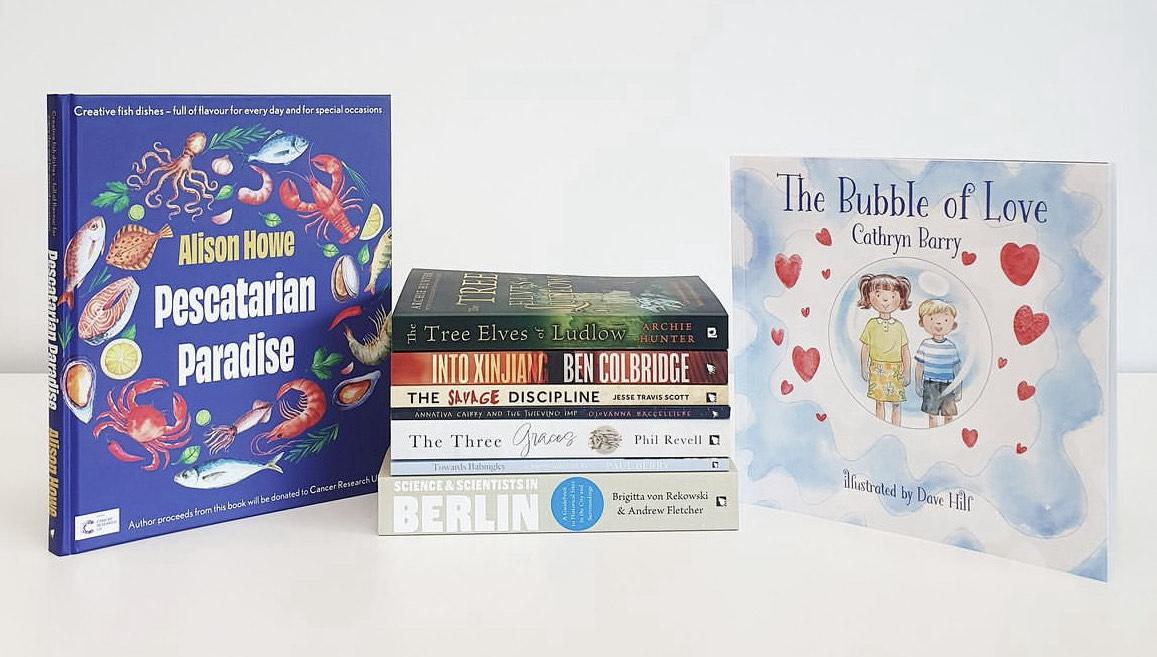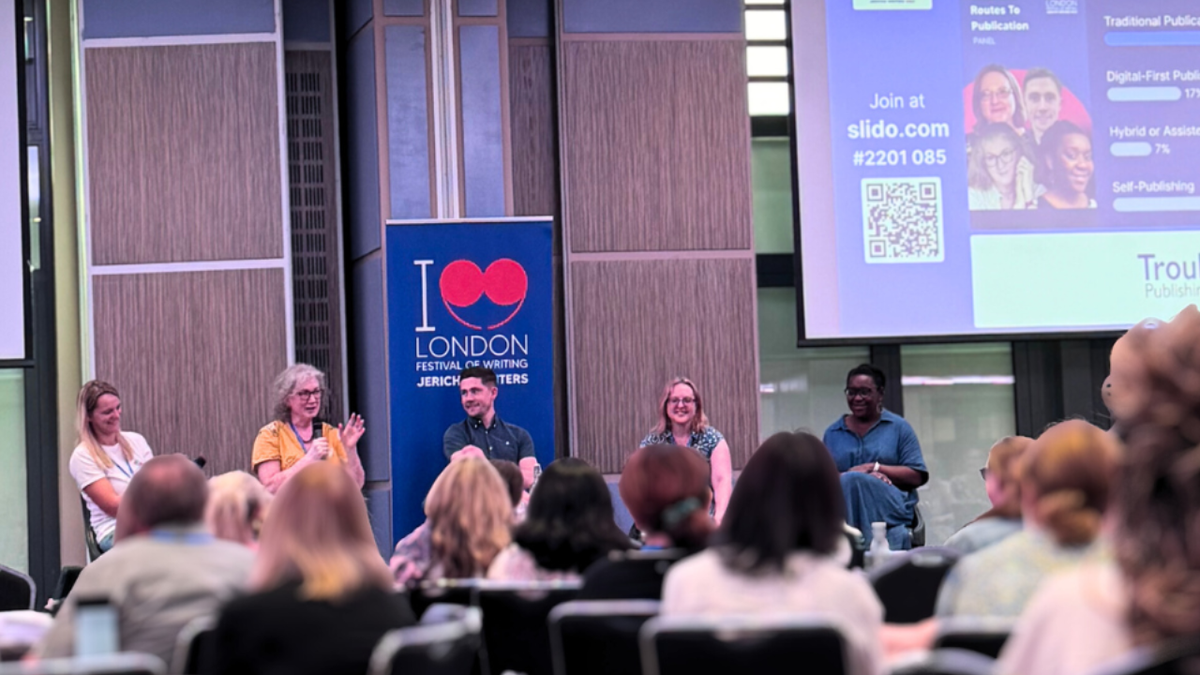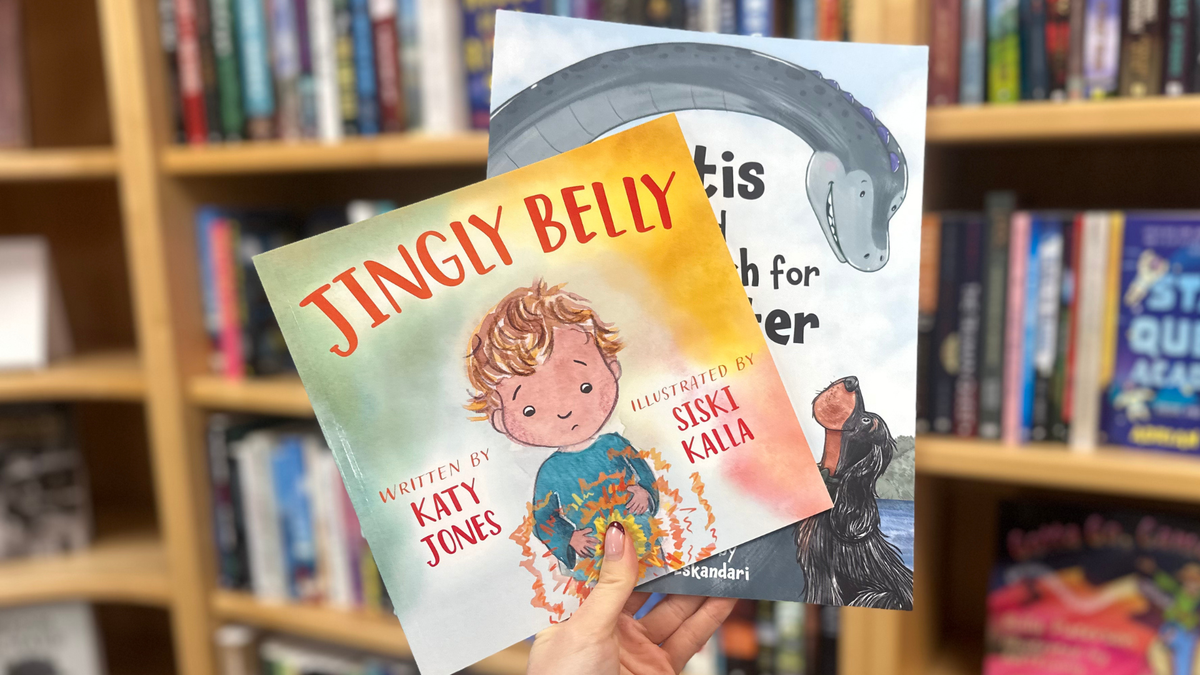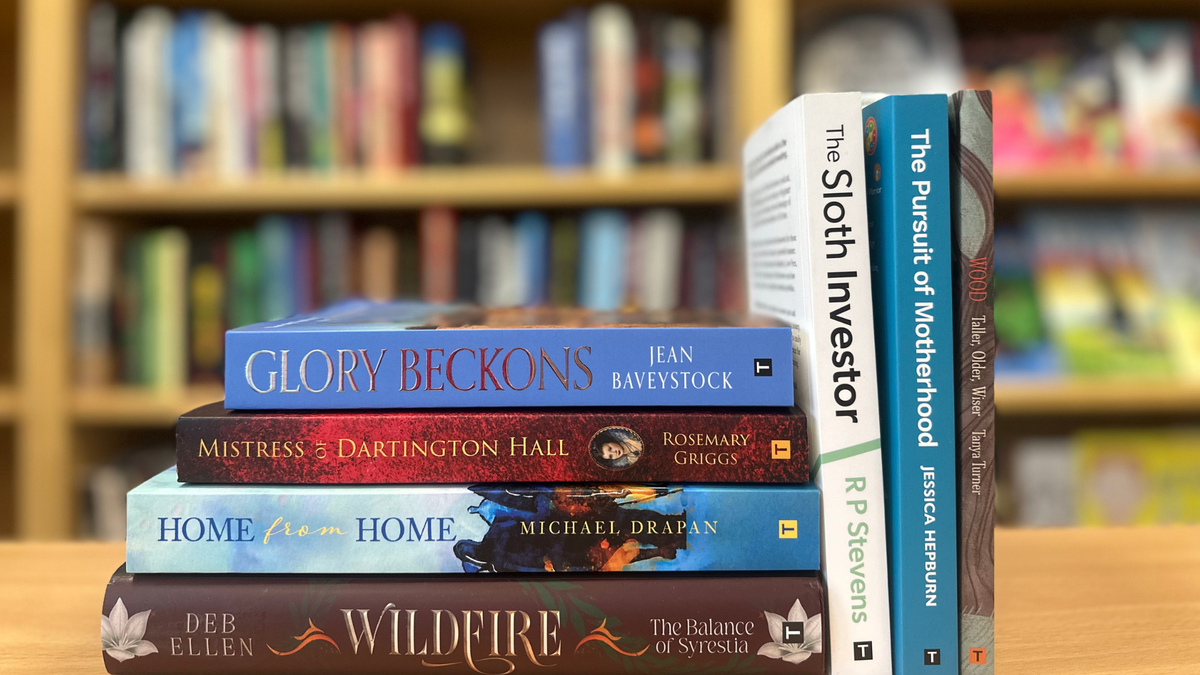
21st February, 2018
5 min read
Do Judge a Book by its Cover
Written by:
Chelsea Taylor
Chelsea Taylor, Head of Production at Troubador Offers her Top Tips on Cover Design
Authors should consider three things key before work on their cover design begins: audience, genre and their own limitations.
Audience
Firstly, who is your audience and how will your cover reach them? Put more simply, who do you hope will be buying your book? This is important to decide now because genre and audience massively affect design. Pick up some books at your local bookshop and ask yourself, ‘Who is this book for?’ You will get it right 99% of the time because there are key trends and styles that apply based on the target audience and the genre. Perhaps, it goes without saying but adults and children like very different covers and on the whole, different genders are drawn to different designs.
Familiarise yourself with books in your genre and look at the trends. No one’s suggesting that you replicate other covers completely or that you can’t be original, but to an extent, there is a formula involved, and it will affect how well your book sells. It could even be the deciding factor as to whether or not your book is stocked in a bookshop. Once you have identified your audience, make the decision to keep it simple.
Your aim is not to see if you can depict the whole story in the front cover image; you want to keep your readers guessing. Wrap your story beautifully – give them just enough clues to make them want to open it.
Genre
I’ve touched on this already but accurately portraying genre in a cover is vital. Readers want to know what they will get before they purchase a book. Taglines and blurbs play a part in that but everybody judges a book by its cover. Use bold text with just a few colours that reflect the genre.
Do covers in your genre tend to be more text-based or image-heavy? For example, a lot of business and self-help have more text-based covers. These still need to be designed – it won’t just plonk the text on the cover – but it will be a different process to that of using stock images or hiring an illustrator to do the bulk of the design work for you.
Images should support the typography by reflecting themes and alluding to elements of the story. Shadows, for example, tend to insinuate crime and mystery… Again, it’s about looking at themes and current trends and using them well.
Limitations
It is important that you know your own design limitations. Unless you are a designer (and by this I mean not just that you have an artistic ability but that you have real design experience), you might wish to enlist the help of an expert. Knowing what works and how to do it properly is very different. External designers sometimes struggle to supply the cover in the way that the printers need it (they have criteria for colour, resolution, crop marks, bleed and actual sizing) so make sure that if you use one, you have the specifications to hand to pass to them before they start work. They should be familiar with the jargon but you will need to pass on the specs as early on in the design process as possible. DPI is the way that resolution is measured. It stands for ‘dots per inch’. Your computer screen is generally set up to 72dpi, which means per linear square inch of screen there are 72 dots.
Covers that are going to be printed need to be 300 dpi, so lots more dots of ink per square inch. Pixelation occurs if the gaps between the dots are filled automatically. For example, if you change a 72dpi image to 300dpi in Photoshop, the software will fill in the gaps between the 72 dots with the closest colour until it reaches 300, which when printed, makes it look like a series of little squares, ie. blurry or pixellated. The cover needs to be designed at 300dpi otherwise it’s impossible to make a lower-resolution image look crisp when printed. Make sure you know how to design a cover appropriate for the method of printing.
What else do authors need to consider before getting started with design?
- Software: Be mindful of the software that you use. In the same way that Microsoft Word is not a typesetting software, nor is it a cover design tool; it compresses images and produces amateurish results. Do not use Word or Paint! Think about investing in image editing software such as Photoshop, Illustrator or InDesign. They all have pros and cons so choose the one that works for you. Most offer free trials online, which allow you to try before you buy.
- Budget. Most of the time, a cover can be produced to a very high standard using a photograph or a royalty-free image from a website like iStockphotos. Occasionally, the look you want will require an illustrator. This is the more costly option, so bear that in mind – depending on the design you use, you may need to pay a designer to produce a cover using the illustration once you’ve signed off on it, too.
- Formats: Be aware that different formats can require different covers. If you plan to publish an ebook and a printed book, let your designer know at the beginning of the process so that the cover will be suitable for both. Otherwise, you can run the risk of having a too ‘busy’ ebook cover that won’t convey the genre or the key information adequately when viewed at thumbnail size. Similarly, audiobook covers need to be square – something to consider when you are briefing your designer.
If you are at all unsure about cover design then talk to someone who designs covers on a daily basis. At Troubador we are always happy to advise. Our sister company Indie-Go also works with authors looking only for a cover design and often works with authors uploading their covers to KDP for example











